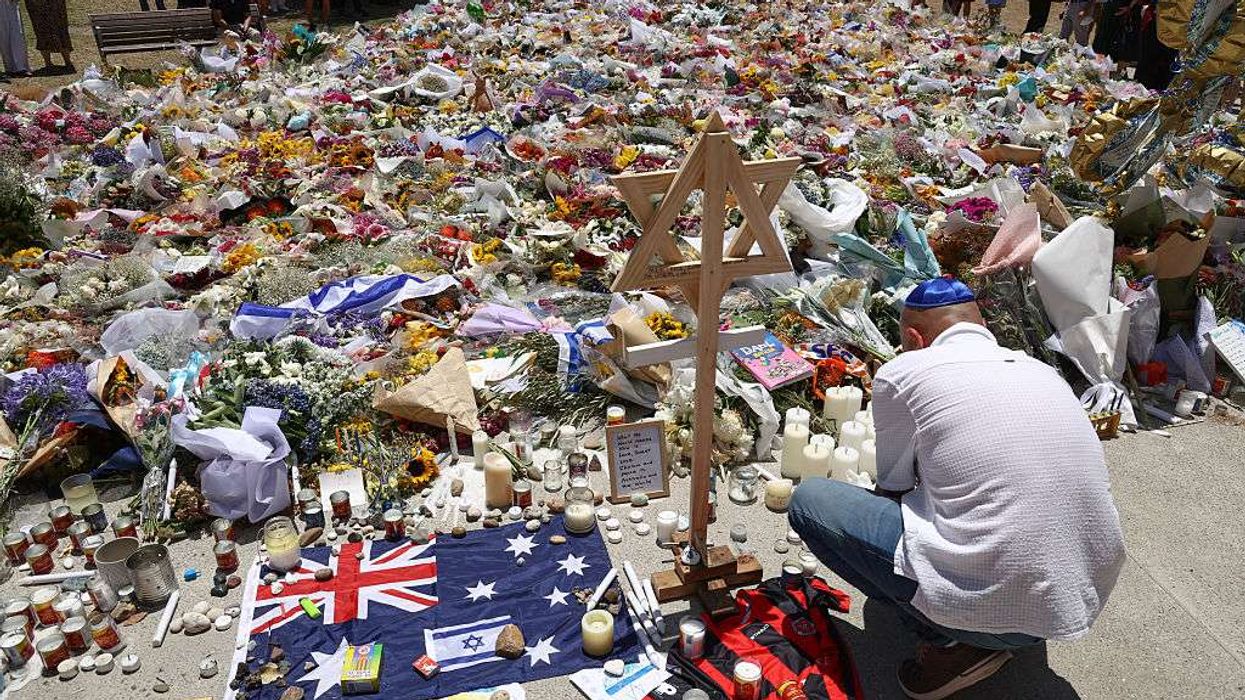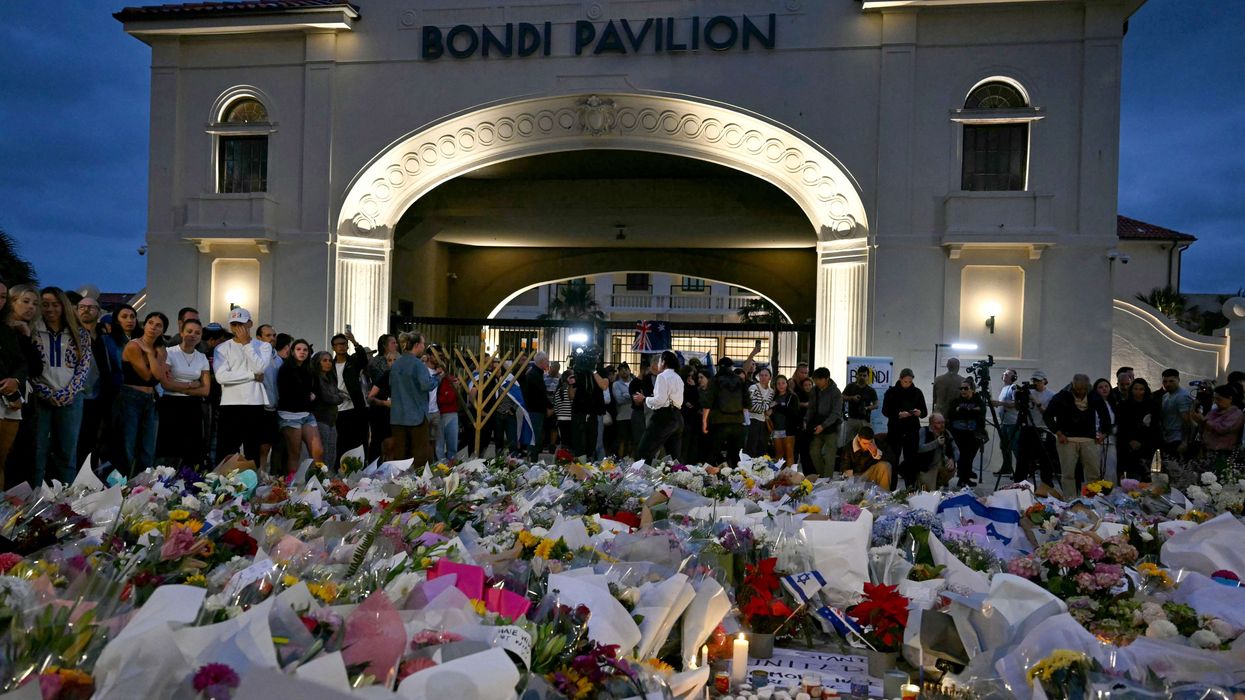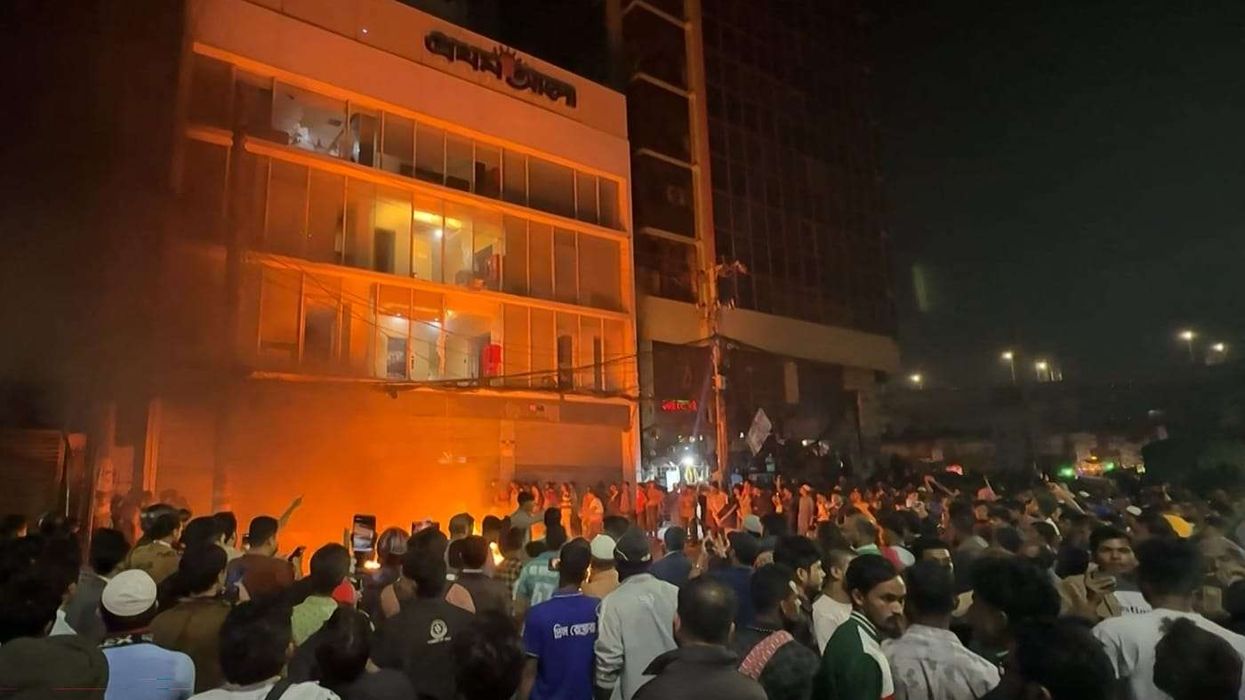A 6.3-MAGNITUDE earthquake killed at least 20 people in northern Afghanistan, authorities said on Monday, months after another deadly tremor hit the country.
The quake struck overnight at a depth of 28 kilometres (17 miles) with the epicentre near the city of Mazar-i-Sharif, according to the US Geological Survey.
"All the houses were struck and people were hurt," resident Ahmad Khan told AFP in Tashqurghan village, where people searched through the rubble. "We're asking the government to help with reconstruction."
Across Samangan and Balkh provinces, "534 people have been injured and more than 20 fatalities have been taken to hospitals", health ministry spokesman Sharafat Zaman told journalists.
In Mazar-i-Sharif, one of the largest cities in the north, an AFP correspondent saw residents running out into the streets. The city's Blue Mosque, a 15th-century landmark, was also damaged. Pieces of the structure, including from one of its minarets, fell and lay scattered across the mosque’s grounds.
The culture ministry said it would immediately take "the necessary measures to assess and repair the damage".
Correspondents in the capital Kabul, around 420 kilometres by road to the south, also felt the tremor.
Poor communication networks and infrastructure in mountainous regions have previously hampered disaster response efforts in Afghanistan, delaying access to remote villages for hours or days to assess damage.
The defence ministry said it had cleared and reopened the main road between Mazar-i-Sharif and the town of Kholm, and had rescued people stranded there overnight.
"Numerous homes have been destroyed, and significant material losses have been incurred," Hamdullah Fitrat, deputy spokesman for the Taliban authorities, wrote on X, without giving numbers.
It is the latest natural disaster for the Taliban government, which has faced three major deadly earthquakes since taking control of Afghanistan in 2021, while foreign aid — previously a key part of the economy — has dropped sharply.
In August, a shallow 6.0-magnitude quake in the east killed more than 2,200 people and destroyed mountainside villages. The World Bank estimated the August quake caused around $183 million worth of damage to buildings and infrastructure.
The UN humanitarian agency OCHA says 221,000 people in the east remain in "acute need" of assistance.
Save the Children said it was sending a team to Samangan and warned that "thousands of children in the earthquake-devastated east of the country are facing the winter with only tents for protection".
"Now, families in the north are also experiencing fear and uncertainty," said Samira Sayed Rahman, the charity's programme development and advocacy director for Afghanistan.
Earthquakes are common in Afghanistan, particularly along the Hindu Kush mountain range where the Eurasian and Indian tectonic plates meet.
Large quakes in Herat in 2023 and in Nangarhar in 2022 killed hundreds and destroyed thousands of homes. Many homes in rural areas are poorly constructed after decades of war.
Afghanistan is in the middle of a humanitarian crisis made worse by drought, banking sector restrictions, and the return of millions of Afghans from Iran and Pakistan. The United Nations and aid agencies have warned of rising hunger.
(With inputs from agencies)













